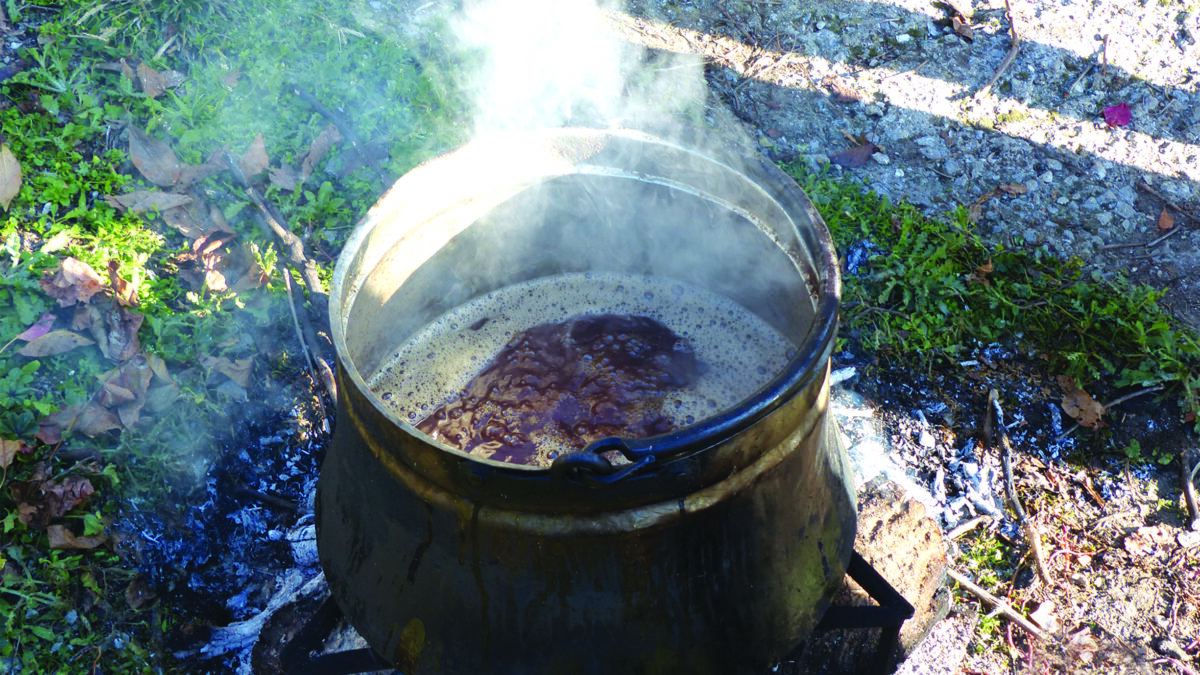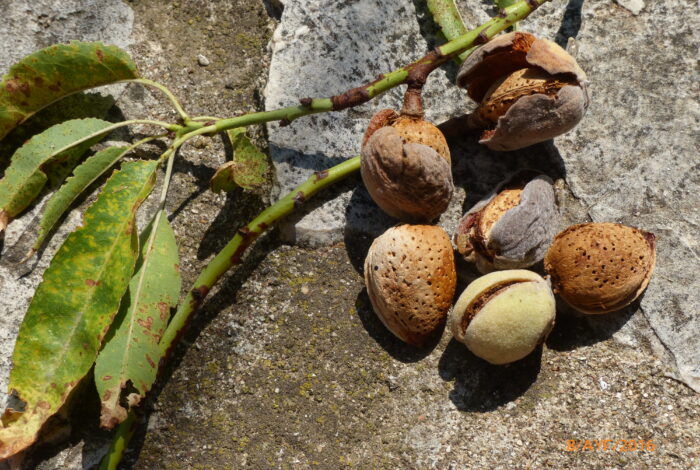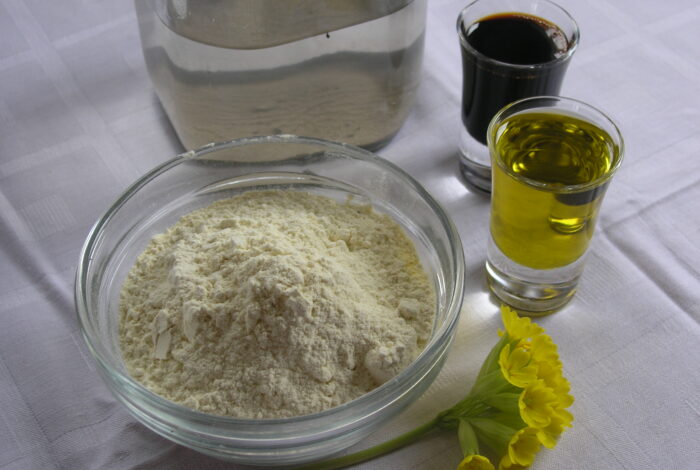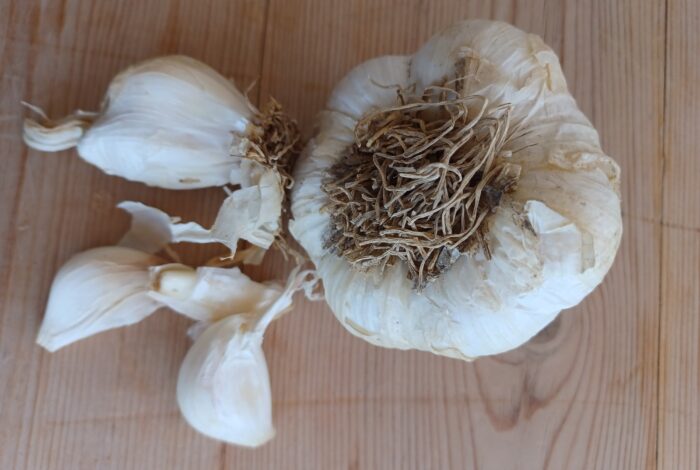Soultana-Maria Valamoti
Throughout antiquity, long before the advent of sugar, grape molasses – a sweet syrup made from grape juice – was a precious ingredient in ancient cuisine. Grapes have been native to Greece for at least 9,000 years, and it is known that, starting in the late 5th millennium BC, the inhabitants of northern Greece pressed grapes to extract their juice. This practice would become widespread over the following eras, as is described in the literary sources and demonstrated by palaeobotanical findings such as carbonised pressed grapes. Beyond being used to make wine, with the proper processing, grape juice could be turned into a sweet syrup.
As such, in his work De victu attenuante liber, Galen refers to siraion, a product resulting from the boiling of grape must. This sweet liquid seems to be one and the same with the epsima described by Hippocrates in his On Diet. Grape juice reduced through boiling had myriad pharmaceutical uses, often being mentioned in the work of the famous Late Antique physician Aëtius of Amida as an ingredient in both external-use and consumable pharmaceutical formulations. Siraion is also mentioned in fragments of the comic poets Alexis and Antiphanes, as well as in Aristophanes’ Wasps and Hippocrates’ On the Diseases of Women. Apart from references in ancient Greek texts, molasses is also mentioned in Latin texts with the names defrutum and sapa, both of which signify a liquid produced by boiling grape must. In fact, there are recipes that call for grape must as a preservative for other fruits, such as quince, pomegranate and sorb; more specifically, according to the work of Scribonius Largus, doctor of the emperor Claudius, the fruits are to be boiled for several hours in grape must until they fall apart. For the people of antiquity and beyond, grape molasses was a valuable sweetener and vital component in medical recipes. Indeed, it is still an ingredient in traditional recipes and remedies. Syrup made from boiled sweet grape must is used as both a sweetener and an ingredient in pharmaceutical formulations into the present day. It is still used as the primary ingredient in retseli, a spoon sweet traditionally prepared by boiling – and thus preserving – the fruit in grape molasses. In addition, molasses continues to see use in traditional remedies, as it is believed to help alleviate menstrual pain and respiratory issues. It was used for a variety of therapeutic purposes.
Image
Preparation of molasses in Kosmati, Grevena, November 2017. Photograph by Georgios Vily Kapetanakis, from Valamoti S.M. 2023, Plant Foods of Greece, University of Alabama Press

✖









